Description
FEATURES
Bronze-purple foliage topped with graceful arches of burgundy-toned seed heads
Grass
CHARACTERISTICS
Annual
Tall
30 – 36 Inches
18 – 24 Inches
12 – 24 Inches
Pink
Pink
Purple
Black/Purple
Upright
Thriller
PLANT NEEDS
Part Sun to Sun
Easy
Mid Summer
Late Summer
Early Fall
Mid Fall
Late Fall
9a, 9b, 10a, 10b, 11a, 11b
Average
Average Soil
Container
Cut Flower
Dried Flower
Grass
Landscape
This grass will beautify your garden all summer
In almost all areas Rubrum will be an annual grass. Once the grass turns brown in the fall you can cut it back to the ground whenever you would like.
Rubrum is a warm-season grass. Where temperatures get colder than 20 degrees F, the plants should be treated as annuals. Once the grass turns brown it can either be removed immediately or removed in the spring. It should not be expected to live through the winter and begin growing again in the spring.
In areas where winter temperatures remain above 20 degrees it should be considered a perennial and the following information should be useful. Warm-season grasses won’t start growing until mid to late spring or even early summer. Their major growth and flowering happens when the weather is hot. They will usually turn shades of brown for the winter.
Cut back warm season grasses in fall or by mid to late spring. Warm season grasses turn shades of brown as the weather turns colder. Once your warm season grasses turn brown you can trim them back at almost any time. If you like to tidy your garden in fall or if you live in an area where fire can be problematic trim warm season grasses so they are just a few inches tall.
If you live in an area where fire generally isn’t a problem you can leave the dried grasses and seed heads in your garden for winter interest. Snow or ice encrusted ornamental grasses can be quite beautiful.
If you leave the trimming until spring try to make sure to cut them back to the ground (you can leave a couple of inches) by late spring, before new growth begins.
Not all ornamental grasses look good through the winter, trim back those that don’t look good in the fall.
Divide warm season grasses anytime spring through mid-summer. All ornamental grasses should be divided when they are actively growing but not while they are flowering. If the plants are dormant when they are transplanted they won’t establish a good root system. Warm season grasses generally start growing in late spring or early summer and have their active growth period during the heat of the summer. Warm season grasses will tend to bloom in mid to late summer.
Upright arching. Waves of gracefully nodding soft purple plumes arch up and out from burgundy-tinted foliage in true fountain grass form. This variety is especially dramatic in clusters, mass plantings, or along slopes. A favorite for fresh or dried arrangements. Pest and disease-free.
“A Real Simple magazine – Top 10 goofproof Plant”

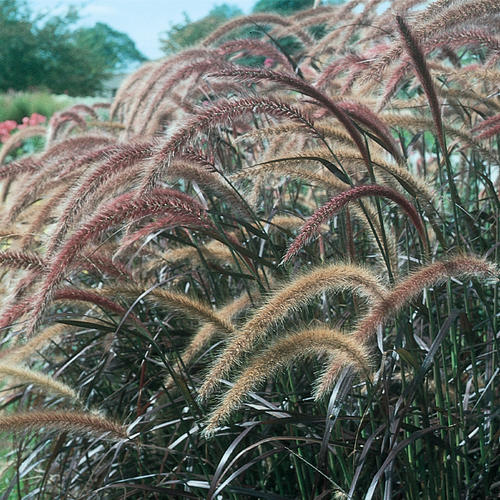
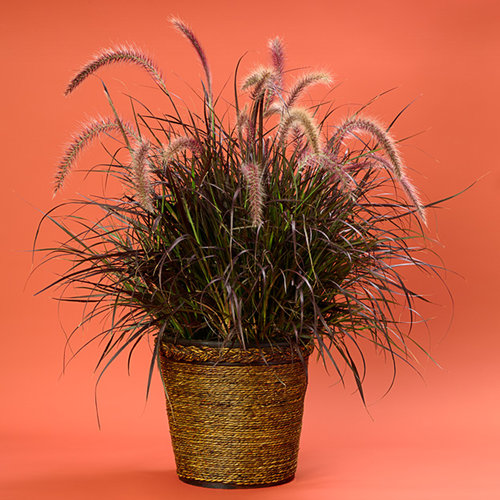
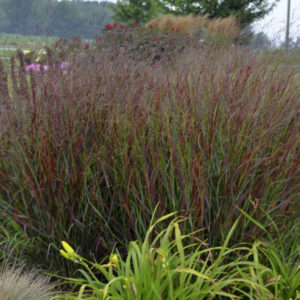
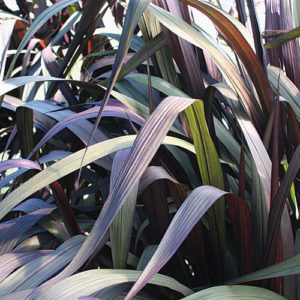
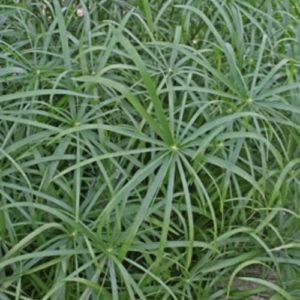
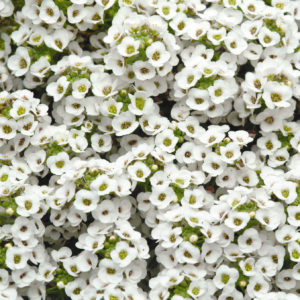
 PLANTS!
PLANTS!